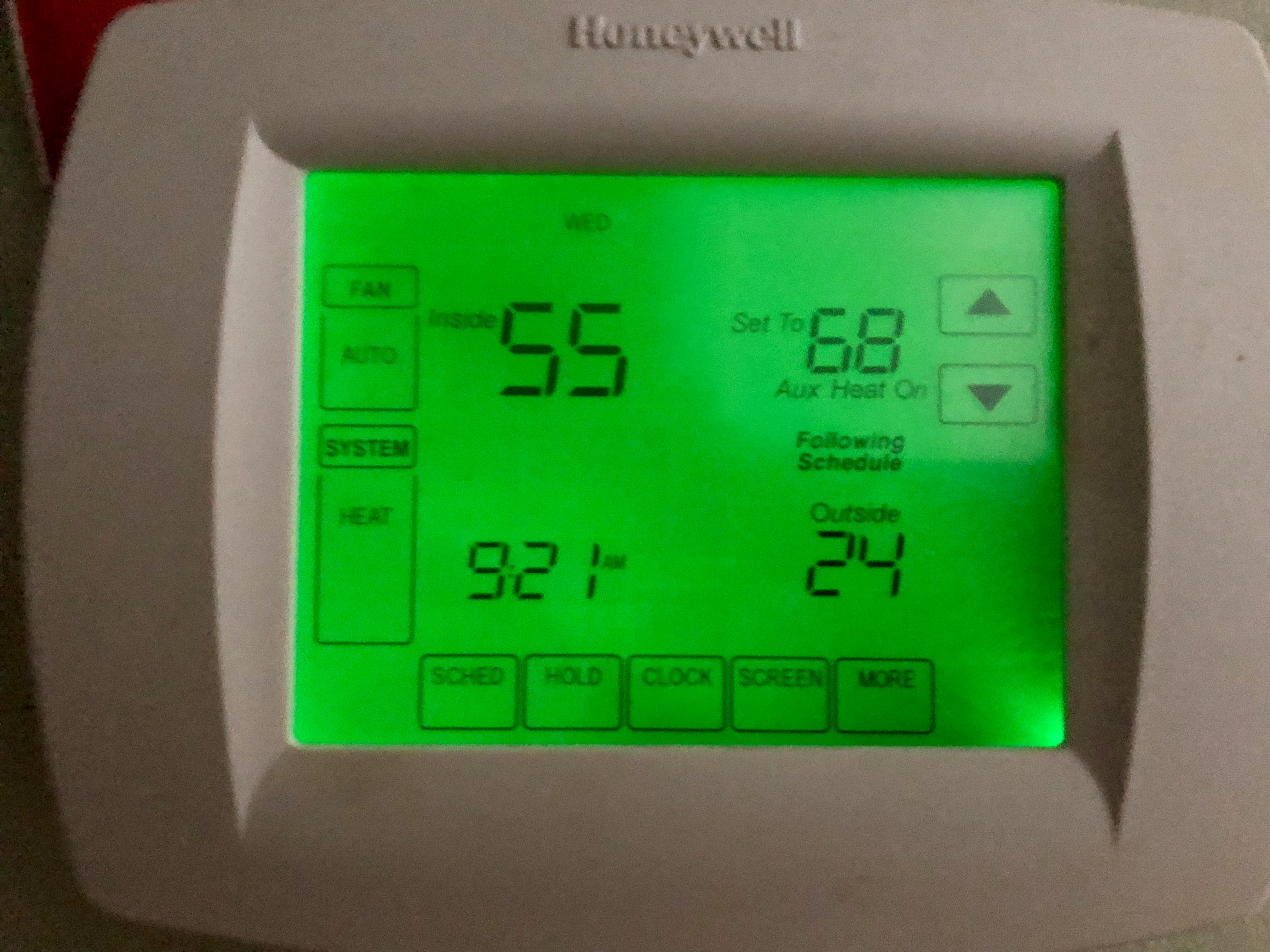

Articles
What Does Fan Circ Mean On Thermostat
Modified: May 6, 2024
Learn what "Fan Circ" means on a thermostat and how it impacts your heating and cooling system. Read more in our informative articles.
(Many of the links in this article redirect to a specific reviewed product. Your purchase of these products through affiliate links helps to generate commission for Storables.com, at no extra cost. Learn more)
Introduction
When it comes to home comfort, our thermostats play a crucial role in regulating temperature. However, many homeowners are not fully aware of all the features and settings their thermostats offer, including the fan circulation mode. Understanding what “Fan Circ” means on your thermostat and how to utilize this feature can help optimize your HVAC system’s performance and improve indoor air quality.
In this article, we will dive into the concept of fan circulation mode on a thermostat, its function, benefits, potential drawbacks, and provide some tips on how to use it effectively. Whether you’re a homeowner looking to optimize your thermostat settings or an HVAC professional seeking to educate your clients, this article will cover all the essential aspects of fan circulation mode.
By the end of this article, you will have a clear understanding of what “Fan Circ” means on your thermostat and how you can make the most of this feature to enhance comfort and efficiency in your home.
Key Takeaways:
- Fan circulation mode on your thermostat provides benefits such as improved temperature balance, enhanced air quality, and energy efficiency, but it’s essential to weigh these against potential drawbacks like increased energy consumption and noise levels.
- To maximize the efficiency of fan circulation mode, set a schedule, utilize auto mode, keep air filters clean, seal air leaks, optimize thermostat settings, utilize ceiling fans, and maintain your HVAC system through regular inspections and maintenance.
Read more: What Does Fan On Mean On Thermostat
Understanding Thermostat Fan Circulation
Before we delve into the specifics of fan circulation mode on a thermostat, let’s first understand what it means and how it works. Fan circulation mode, often denoted as “Fan Circ” on thermostats, refers to a setting that allows the HVAC system’s fan to run continuously, even when the heating or cooling is not activated.
When the fan circulation mode is turned on, the thermostat instructs the fan to run continuously, circulating air throughout your home. This mode provides a constant flow of air, helping to balance the temperature in different rooms and improve the overall indoor air quality.
It’s important to note that the fan circulation mode is separate from the heating or cooling modes on your thermostat. In other words, you can have the fan running without the HVAC system actively heating or cooling your home.
Now that we have a basic understanding of what fan circulation mode means, let’s explore its function and why it can be beneficial for homeowners.
The Function of Fan Circulation on a Thermostat
The primary function of the fan circulation mode on a thermostat is to promote air circulation and distribution throughout your home. When the fan is running continuously, it helps to balance the temperature in different rooms by circulating the air and preventing stagnant pockets of hot or cold air.
Furthermore, the continuous operation of the fan can help improve the overall indoor air quality. By constantly moving the air, it helps to filter out airborne particles such as dust, pollen, and pet dander, reducing the chances of allergies or respiratory issues. This is particularly beneficial for households with allergy or asthma sufferers.
In addition to temperature regulation and air quality improvements, fan circulation mode can also help with humidity control. By moving the air constantly, it promotes evaporation from surfaces, which can help reduce excess moisture and prevent the growth of mold and mildew.
Another function of the fan circulation mode is to provide a gentle background noise, which can help mask other sounds in the home and provide a soothing atmosphere. This can be particularly useful for light sleepers or families with young children who may benefit from the constant white noise.
Overall, the function of fan circulation mode on a thermostat is to enhance comfort, improve air quality, regulate humidity, and provide a subtle background noise in your home.
Now that we understand the function of fan circulation mode, let’s explore the benefits of using this feature on your thermostat.
Benefits of Using Fan Circulation Mode
Using fan circulation mode on your thermostat offers several benefits that can enhance your home’s comfort and energy efficiency. Let’s explore some of the key advantages of utilizing this feature:
- Improved Temperature Balance: By running the fan continuously, fan circulation mode helps to distribute the conditioned air more evenly throughout your home. This can help eliminate hot or cold spots, ensuring a more consistent and comfortable temperature in every room.
- Enhanced Indoor Air Quality: The constant movement of air provided by fan circulation mode helps to filter out airborne pollutants and improve the overall air quality in your home. This can be especially beneficial for individuals with allergies or respiratory issues.
- Humidity Control: If you live in a humid climate or experience excess moisture in certain areas of your home, fan circulation mode can assist in reducing humidity. The continuous air movement helps to promote evaporation, preventing the buildup of excessive moisture and inhibiting the growth of mold and mildew.
- Energy Efficiency: While running the fan continuously may seem like it can lead to increased energy consumption, fan circulation mode can actually help improve energy efficiency. When the fan is running, it promotes the distribution of conditioned air, which can contribute to more efficient heating and cooling. Additionally, the constant motion of the air can help prevent temperature stratification and minimize the need for frequent adjustments to the thermostat settings.
- Reduced Noise: The continuous operation of the fan in fan circulation mode can provide a soothing background noise that helps to mask other sounds in the home. This can be particularly beneficial for light sleepers, individuals working from home, or households with young children who may find the gentle hum of the fan comforting.
By utilizing fan circulation mode on your thermostat, you can experience improved temperature balance, enhanced indoor air quality, better humidity control, increased energy efficiency, and reduced noise levels in your home.
Now that we have explored the benefits of using fan circulation mode, it’s important to also consider the potential drawbacks associated with this setting. Let’s discuss these drawbacks in the next section.
Fan circ on a thermostat means the fan is set to run continuously, circulating air even when the heating or cooling isn’t running. This can help improve air quality and distribute temperatures more evenly throughout the home.
Potential Drawbacks of Fan Circulation Mode
While fan circulation mode on a thermostat offers numerous benefits, it’s essential to consider the potential drawbacks associated with this feature. Here are some factors to keep in mind:
- Increased Energy Consumption: Running the fan continuously does require energy, and this can lead to slightly higher electricity usage. If you are on a tight energy budget or looking to minimize your carbon footprint, the increased energy consumption may be a drawback.
- Noisy Operation: While the gentle hum of the fan can be soothing for some, it may be a source of noise annoyance for others. If you are sensitive to background noise or prefer a quieter environment, the constant operation of the fan may be a drawback.
- Decreased HVAC System Lifespan: The continuous operation of the fan can put additional stress on the HVAC system, potentially shortening its lifespan. It is important to ensure that your HVAC system is capable of running the fan continuously without causing any long-term damage or excessive wear and tear.
- Distribution of Indoor Pollutants: While fan circulation mode helps filter airborne pollutants, it can also distribute certain particles throughout your home. If you have a high concentration of pollutants, such as dust or pet dander, fan circulation mode may inadvertently circulate those particles, potentially causing discomfort for individuals with allergies or respiratory issues.
- Less Control Over Airflow: Fan circulation mode provides a constant airflow, which means you have less control over the specific airflow in different areas of your home. This may not be ideal if you prefer customized settings for individual rooms or have specific temperature preferences for different areas.
Considering these potential drawbacks, it is important to weigh them against the benefits and consider your specific needs and preferences before deciding to use fan circulation mode on your thermostat.
Now that we have discussed the potential drawbacks, let’s move on to understanding how to use the fan circulation mode on your thermostat effectively.
How to Use Fan Circulation Mode on a Thermostat
Using the fan circulation mode on your thermostat is relatively straightforward, although the specific steps may vary depending on the model and brand of your thermostat. Here are some general guidelines to help you use the fan circulation mode effectively:
- Locate the Fan Circulation Option: On your thermostat, look for the fan circulation option. This is often denoted as “Fan Circ” or “Continuous Fan.” Refer to your thermostat’s user manual if you are unsure about the specific location.
- Select Fan Circulation Mode: Once you have located the fan circulation option, select the mode by pressing the appropriate button or navigating through the thermostat’s settings menu. Some thermostats may have a dedicated fan mode button, while others may require you to access it through the system settings.
- Choose the Operating Schedule: Determine how long you want the fan to run continuously. Most thermostats offer options such as “On,” “Auto,” or a specific time duration (e.g., 30 minutes, 1 hour, etc.). Select the desired operating schedule based on your preferences and needs.
- Adjust Fan Circulation Settings: Depending on your thermostat, you may also have the option to adjust fan speed or airflow intensity. Experiment with these settings to find the level that suits your comfort and airflow requirements.
- Monitor and Adjust: Once you have activated the fan circulation mode, monitor its performance and assess its impact on temperature balance, air quality, and energy consumption. If necessary, make adjustments to the operating schedule or fan speed settings to optimize your comfort and efficiency.
It’s important to consult your thermostat’s user manual for detailed instructions specific to your model. Following these guidelines will help you effectively use the fan circulation mode on your thermostat and enjoy the benefits it offers.
Now that you know how to use the fan circulation mode, let’s explore some tips for maximizing efficiency when utilizing this feature.
Tips for Maximizing Efficiency with Fan Circulation Mode
While using fan circulation mode on your thermostat can enhance comfort and improve air quality, there are some tips you can follow to maximize its efficiency. These tips will help you make the most of the feature while optimizing energy usage and maintaining a comfortable indoor environment:
- Set a Schedule: Instead of running the fan continuously, consider setting a schedule for fan circulation mode. Determine the times when it is most beneficial to have the fan running, such as during peak heating or cooling hours, or when the air quality needs improvement.
- Utilize Auto Mode: Many thermostats offer an auto mode for fan circulation, which activates the fan only when the heating or cooling system is running. This ensures that the fan circulates the conditioned air during active HVAC cycles while minimizing energy consumption during idle periods.
- Keep Air Filters Clean: Regularly clean and replace your air filters to maintain optimal airflow and minimize strain on the fan. Clean filters allow the fan to circulate the air more effectively while improving air quality by capturing dust, pollen, and other particles.
- Seal Air Leaks: Inspect your home for any air leaks around windows, doors, and other openings. Properly sealing these leaks will prevent drafts and minimize the amount of conditioned air that escapes, reducing the workload on the fan and HVAC system.
- Optimize Thermostat Settings: Adjust your thermostat settings to ensure they are properly aligned with your desired comfort levels. Setting the temperature slightly higher in the summer or slightly lower in the winter while using fan circulation mode can yield energy savings without sacrificing comfort.
- Combine with Ceiling Fans: If you have ceiling fans in your home, utilize them alongside fan circulation mode on your thermostat. Ceiling fans can help distribute airflow more efficiently, allowing you to set your thermostat at a higher temperature in the summer or lower temperature in the winter.
- Maintain HVAC System: Regular maintenance of your HVAC system is crucial for optimal performance. Schedule professional inspections and tune-ups to ensure that your system operates efficiently. A well-maintained system reduces strain on the fan and prolongs its lifespan.
By following these tips, you can maximize the efficiency of fan circulation mode on your thermostat. This will not only enhance your comfort but also help save energy and reduce utility costs.
Now that we have explored various tips for optimizing efficiency, let’s conclude our discussion on fan circulation mode.
Conclusion
Understanding and utilizing the fan circulation mode on your thermostat can greatly enhance your home comfort, improve indoor air quality, and optimize energy efficiency. By running the fan continuously, this mode helps balance temperature, filter out pollutants, regulate humidity, and provide a gentle background noise. However, it’s important to consider both the benefits and potential drawbacks before using this feature.
When using fan circulation mode, you can enjoy benefits such as improved temperature balance, enhanced indoor air quality, humidity control, energy efficiency, and reduced noise levels. These advantages contribute to a more comfortable and healthy living environment.
However, it’s essential to be mindful of potential drawbacks, including increased energy consumption, noise, impact on HVAC system lifespan, distribution of indoor pollutants, and a decreased level of control over airflow. Assess these drawbacks against your specific needs and preferences to determine if fan circulation mode is the right choice for you.
When using fan circulation mode, remember to locate the option on your thermostat, select the mode, choose an appropriate operating schedule, and adjust the settings as needed. Monitoring and making adjustments when necessary will ensure you get the most out of this feature.
To maximize efficiency, set a schedule, utilize auto mode, keep air filters clean, seal air leaks, optimize thermostat settings, utilize ceiling fans, and maintain your HVAC system through regular inspections and maintenance.
In conclusion, fan circulation mode on your thermostat is a valuable tool that can enhance comfort and air quality in your home. By understanding how to use this feature effectively and implementing the aforementioned tips, you can optimize energy efficiency while creating a comfortable and healthy living environment.
So, explore the features of your thermostat, make use of fan circulation mode, and enjoy the benefits it brings to your home.
Eager to keep up with the latest in smart home technology? Our upcoming articles have got you covered. For those looking to upgrade their home's efficiency, our detailed review on the top thermostats for the upcoming year is a must-read. Additionally, if you're curious about integrating more advanced technology into your daily life, our insights into the best home automation systems will guide you through the options available. Both pieces are packed with useful tips and product recommendations to help you make informed decisions.
Frequently Asked Questions about What Does Fan Circ Mean On Thermostat
Was this page helpful?
At Storables.com, we guarantee accurate and reliable information. Our content, validated by Expert Board Contributors, is crafted following stringent Editorial Policies. We're committed to providing you with well-researched, expert-backed insights for all your informational needs.
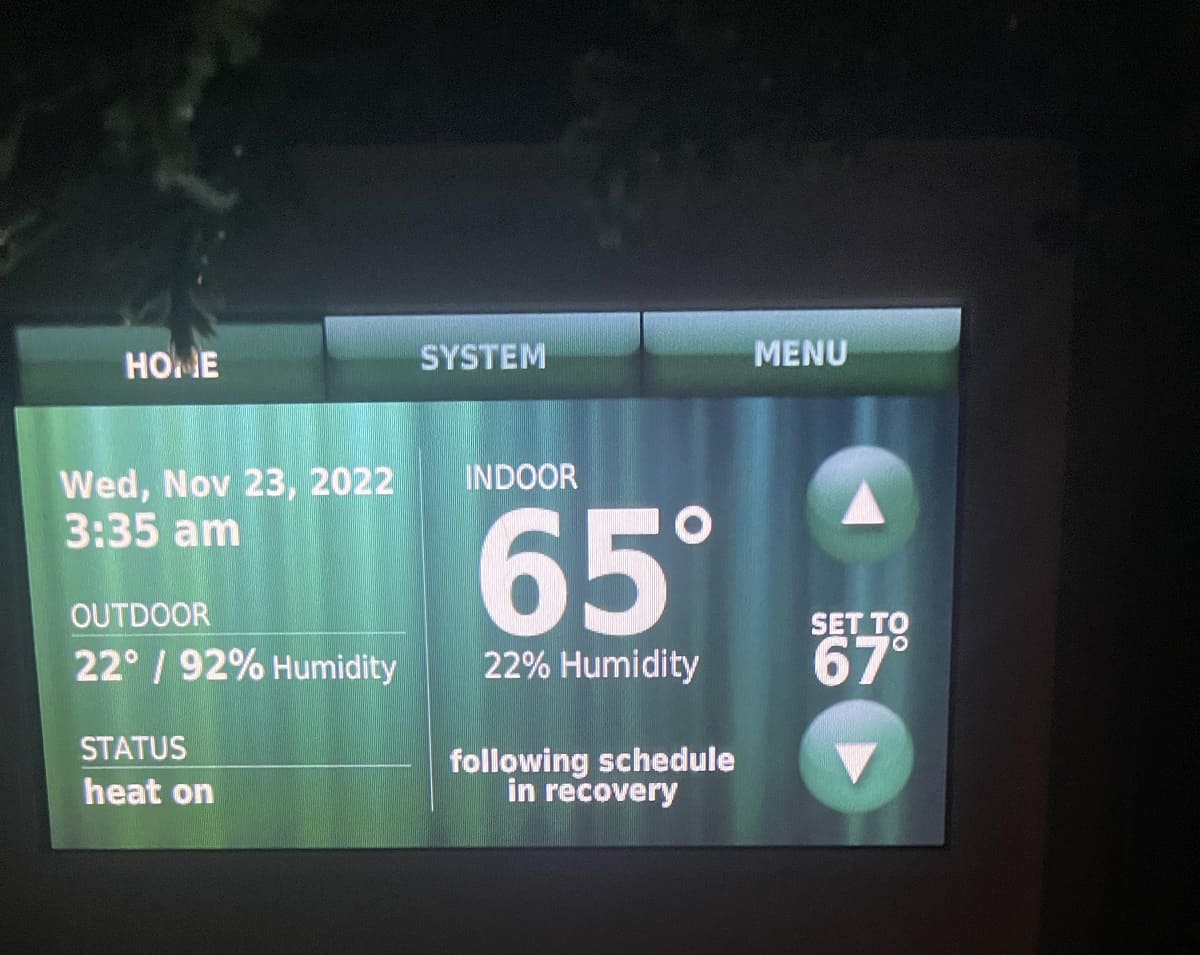
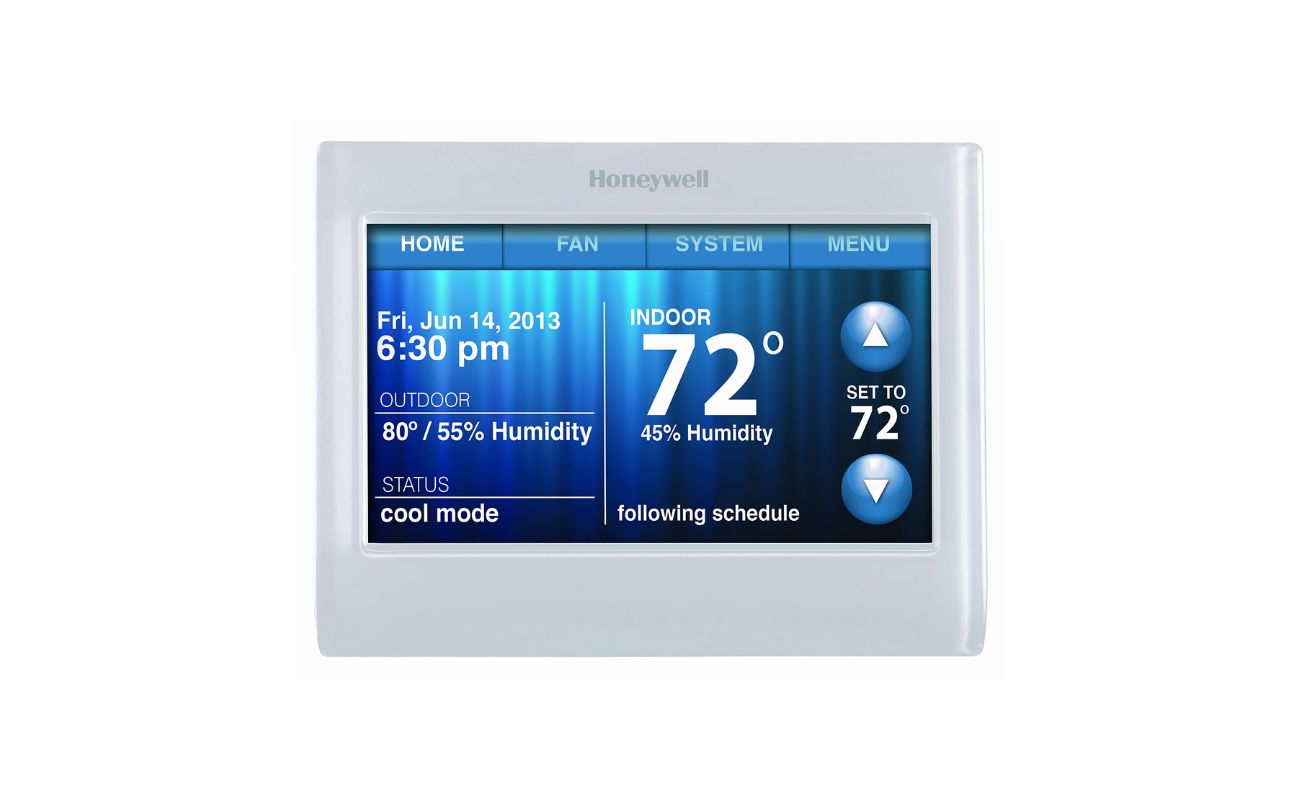

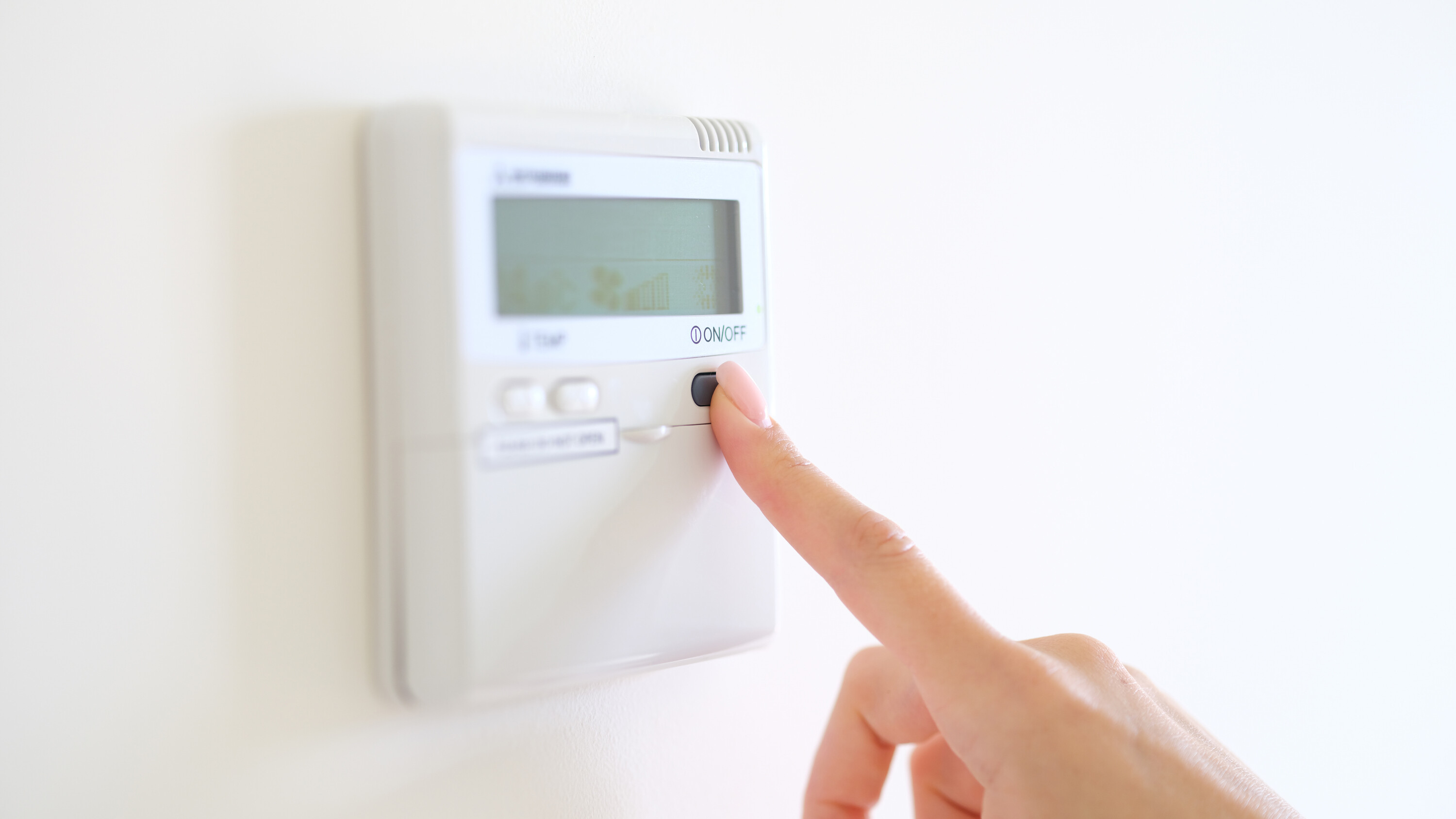
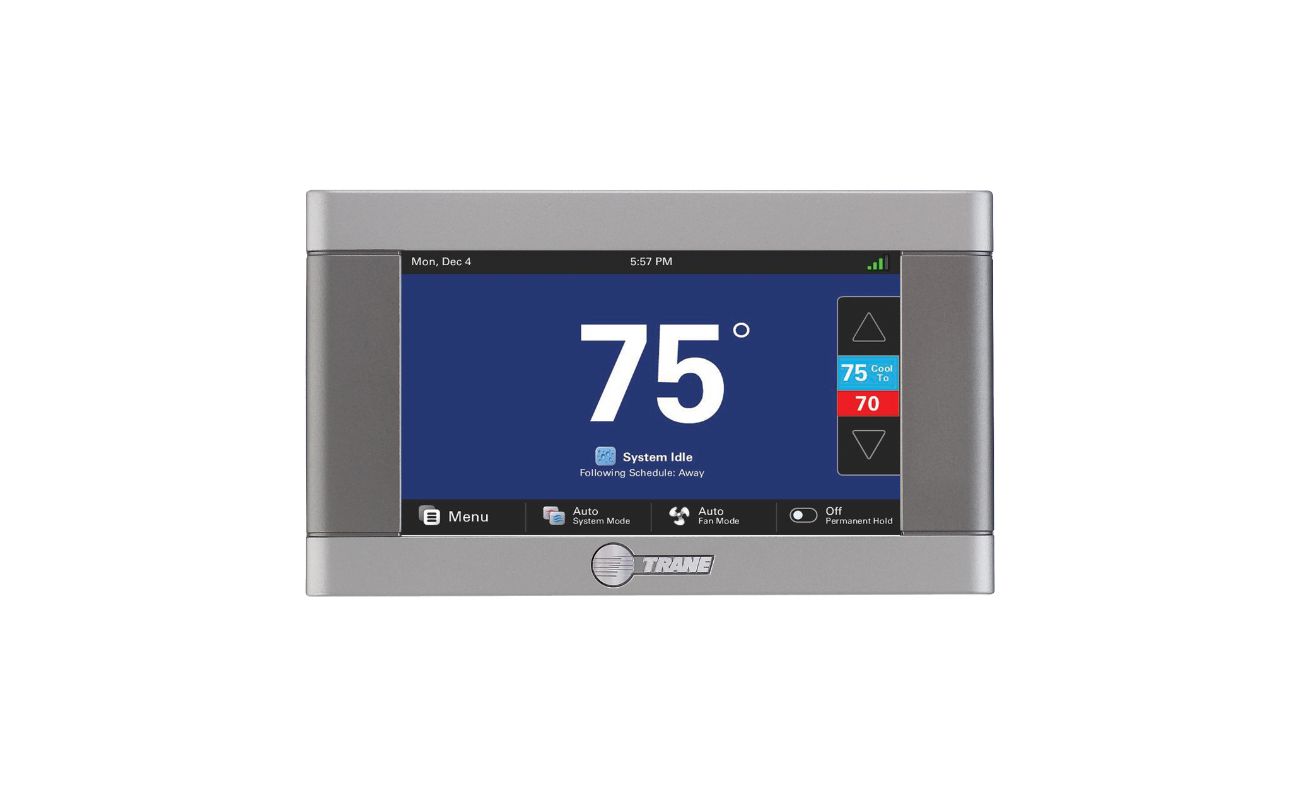
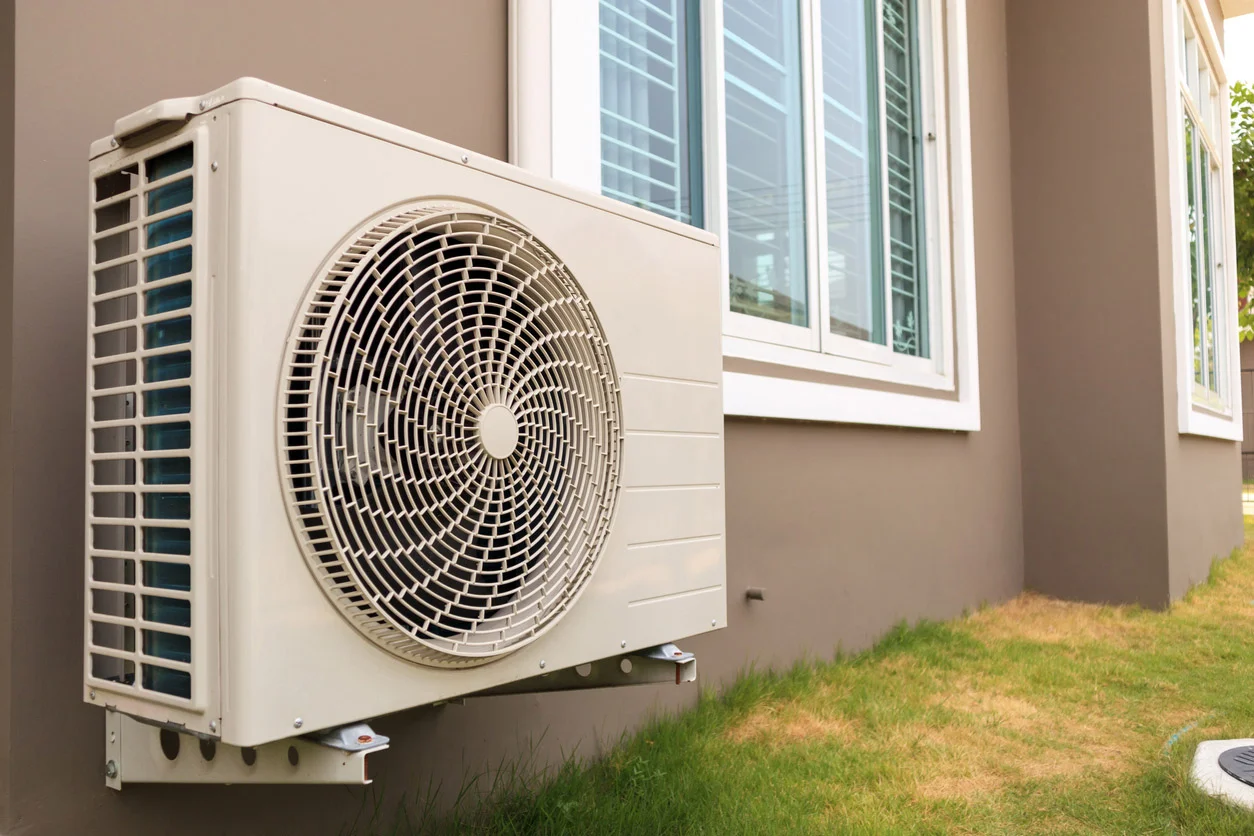
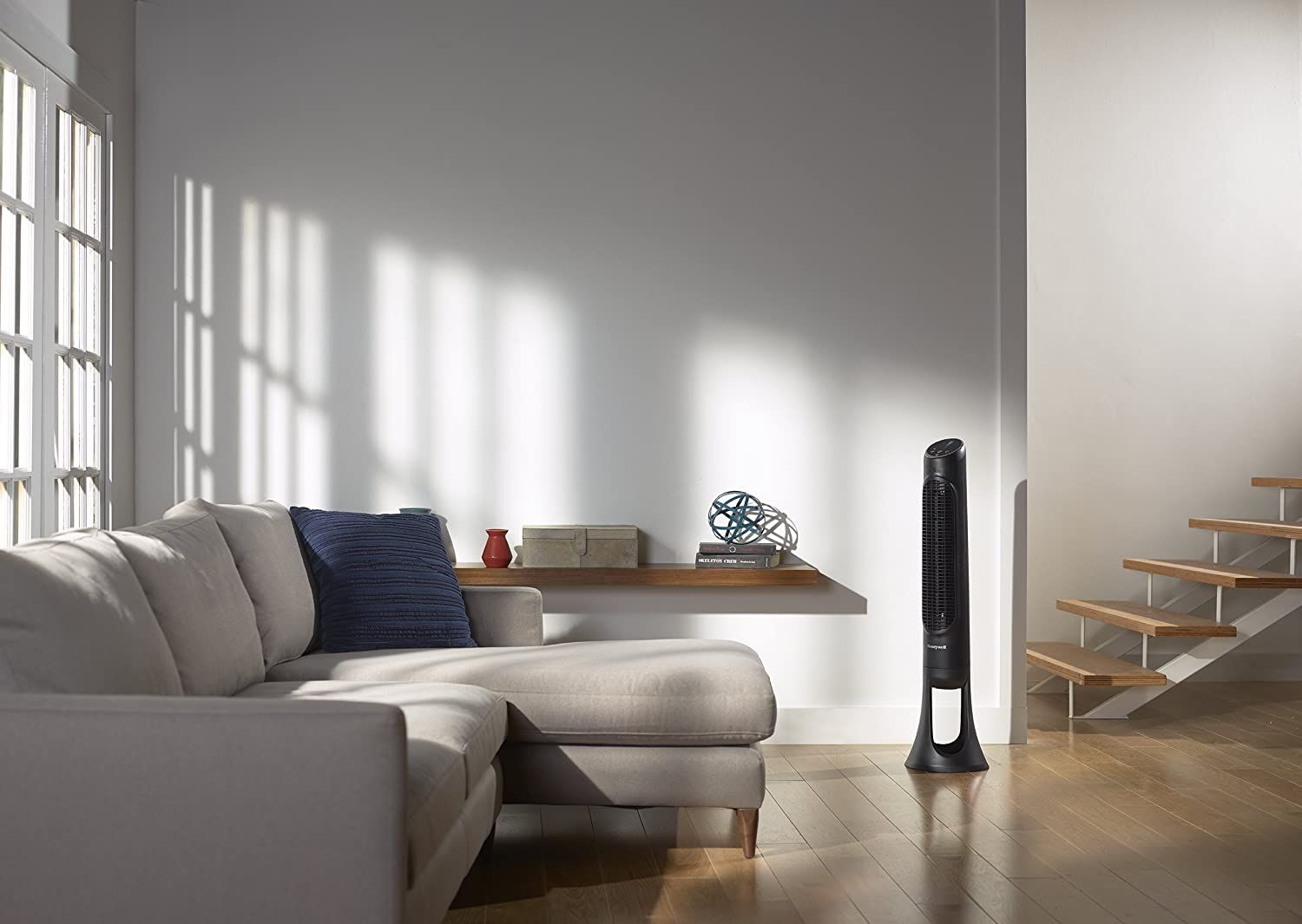
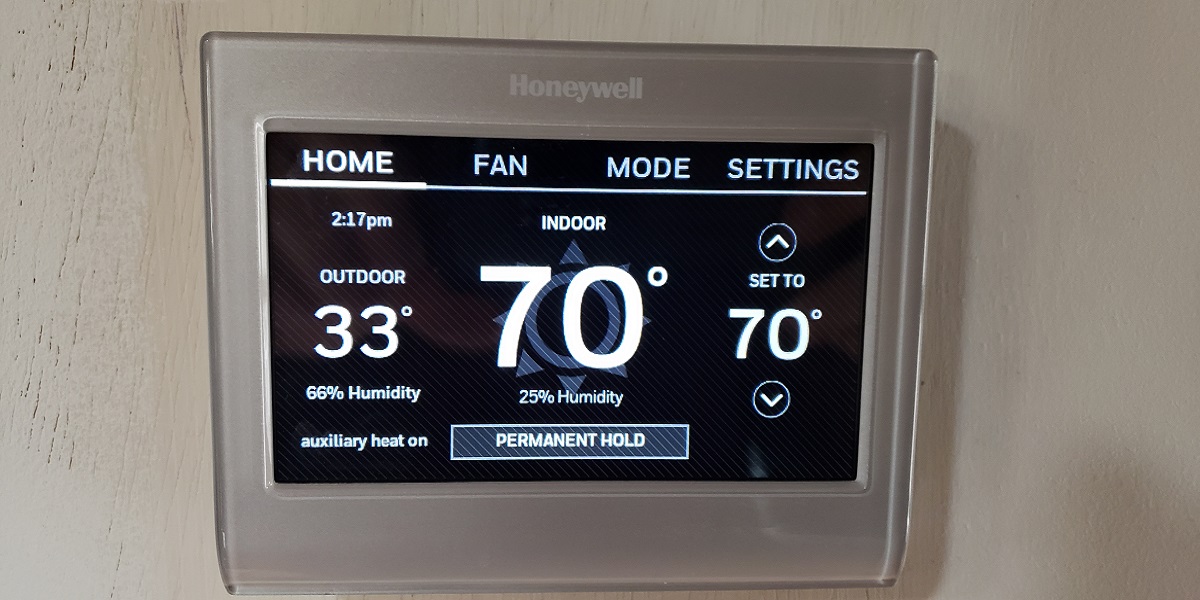
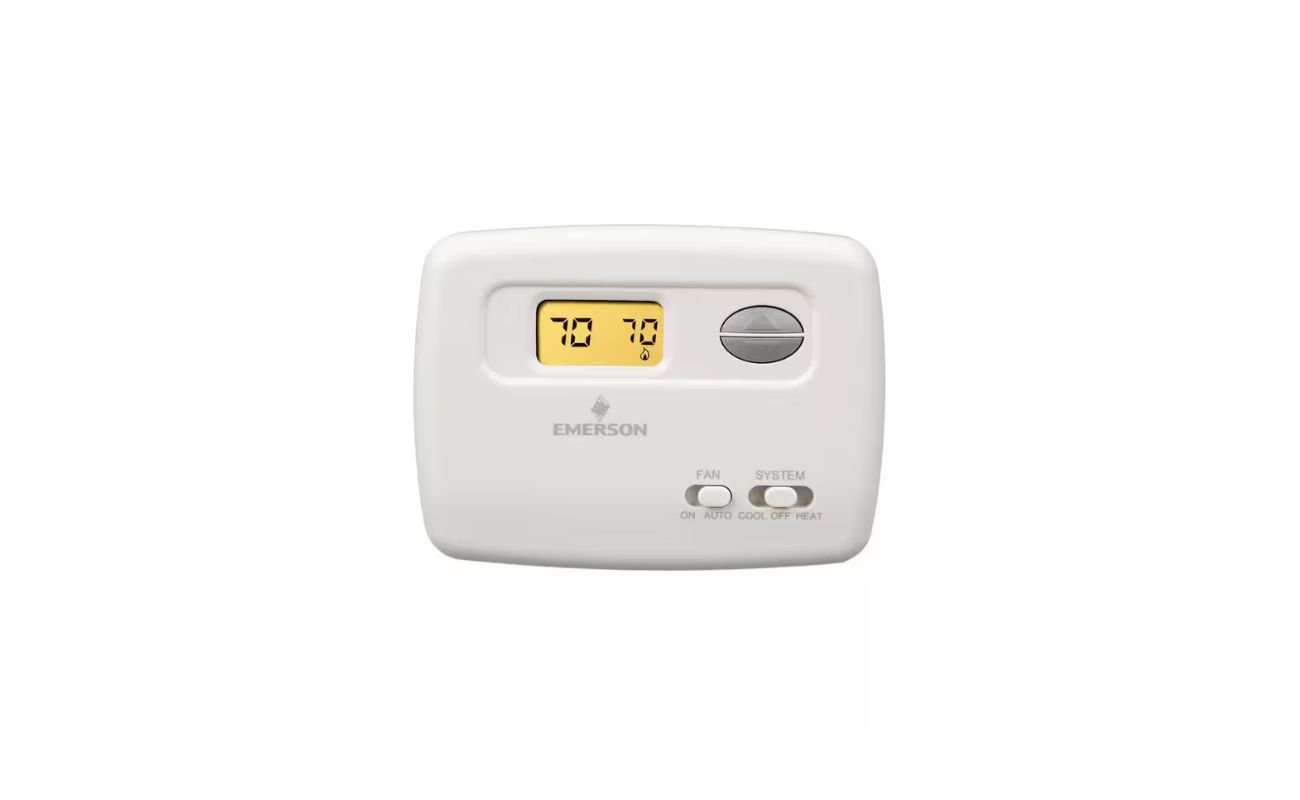






0 thoughts on “What Does Fan Circ Mean On Thermostat”